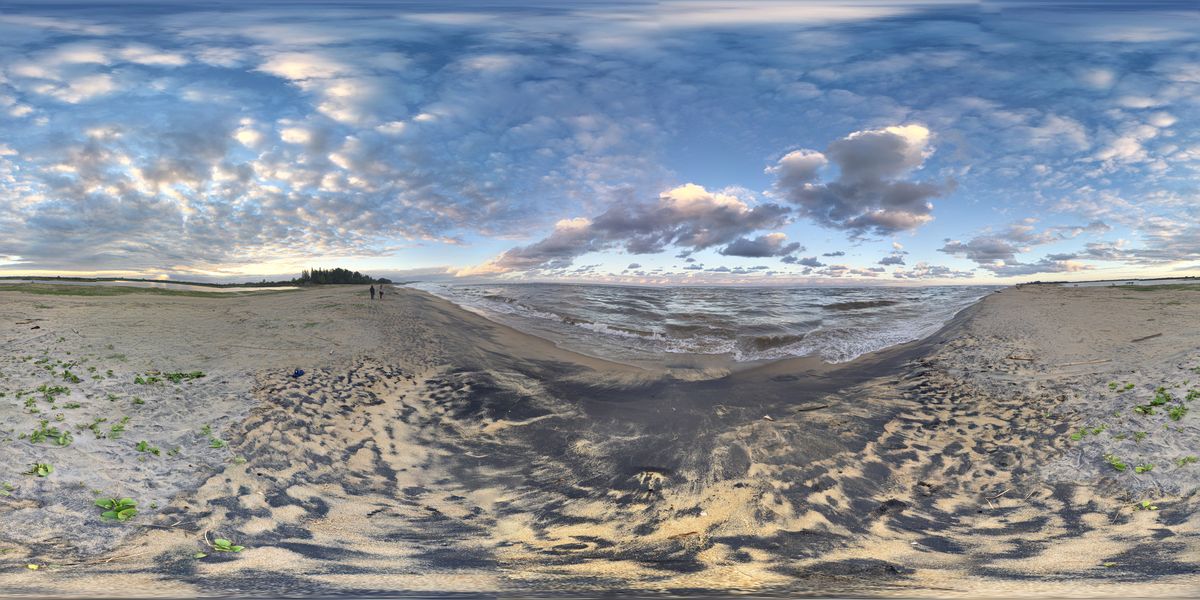VR for Storytelling
I recently received a notification from Google that a photo I had taken and uploaded to Google StreetView had reached 250,000 views.
This came as a bit of a surprise (particularly since I don’t own any of those awesome Street View cars or anything), and digging into why a random photo thatI had taken while traveling in Madagascar became so popular points to an interesting trend in digital photography specifically and in global connectivity more generally.
But first — a quick anecdote about that drowning child.
‘The Drowning Child’ and the ‘Expanding Circle’
As a student, my ethics professor had us reach a lot of Peter Singer — his essay, “The Drowning Child and the Expanding Circle” stuck with me particularly well as a defense of thinking more broadly about humanity’s obligation to be more rational in how we distribute our views of charity and support around the world.
It’s a short essay and well worth the read — so go read it now. I’ll wait.
The reason this is such a sticky thought experiment is because it neatly puts into stark relief the uncomfortable reality that while we may think nothing of putting ourselves in personal danger to rescue an obviously drowning child on our way to class in the morning, we are less likely (if at all) to deliver that same benevolence to unseen children around the world even when by all metrics are at equal peril.
But there is a less obvious point that Singer’s essay alludes to. How does he explain the difference (he also susses this out in The Life You Can Save and ‘The Most Good You Can Do’ which I highly recommend).
Not all dangerous ponds are easy to see
At its core, it’s an information problem.
In other words, students on their way to class can see the drowning child and take action — action. In this case, will have a predictable and happy outcome — that of saving child’s life. They can say with a high level of confidence what it will cost them (late to class, muddy shoes, etc.), and what the benefits will be.
Contrast that with our understanding of foreign aid, charity (particularly ofthe international variety), and assistance in general. The waters are murkier here — we can’t with great confidence say what our benefits will be, and as aresult, we are less confident in our ability to value the initial cost thatwould have any meaningful outcome.
There is a big difference in money sent into electronic wires rather than an outstretched hand sent into a muddy pond.
And that’s where virtual reality comes in.
Looking into ponds from a distance
Honest-to-goodness virtual reality platforms are coming into their own (the Oculus Rift and Google Cardboard are prime examples), and they present a fascinating opportunity to engage in immersive experiences in a way that frankly we’ve all been predicting (or at least hoping).
And it’s not that hard to be a creator, either. I created the above ‘photospheres’ using my smartphone software that had me take a series of photos and stitched them together automatically. It was easy, and the result is enough to satisfyingly transport you out of your sense of space.
These stitched-up digital balls of photography (that look awkwardly scrunched as a thumbnail, naturally) are best viewed Street-viewstyle, or by virtual reality lenses, such as the Cardboard.
Virtual Reality for Social Good
One of my first (and I would still argue one of the more interesting examples) was with.in’s story ‘The Displaced.’ It’s 10-minute video that shows three examples of displaced children around the world. It’s hauntingly engaging.
Another interesting trend to watch comes from Google in their Expeditions program. It’s essentiallyorganized as field trips for students to take immersive, virtual journeys.
International development organizations are taking note as well — this article in FastCompany chronicles the developments at the U.N. to produce and distribute VirtualReality films.
Telling modern stories in modern ways
There are a lot of organizations moving quickly into this space. There is a startup looking to help refugees by using virtual reality, RYOT Media churning out regular videos, and even the UN is getting mobilized.
The storytelling talent going into these new mediums are astonishing. It’s allowing us to communicate ideas, experiences, and perspectives with unparalleled emotional connection, and perhaps in the process breaking emotional empathetic ground.
And while Virtual and Augmented reality are firmly on the hockey-stick scale growth along the Hype Cycle that promises to be a panacea to fix all the worlds ills, it is clearly not cut outto be the ‘ultimate empathy machine’in all ways to all people for all purposes.
So much of the experience of our modern world relies on our ability to tellstories — to convey the sense and experience of who we are, where we come from —our set of shared values.
